All the multicolored layers of Praia da Luz are pages of a book, where each page tells us a moment in the geological history of the Algarve.
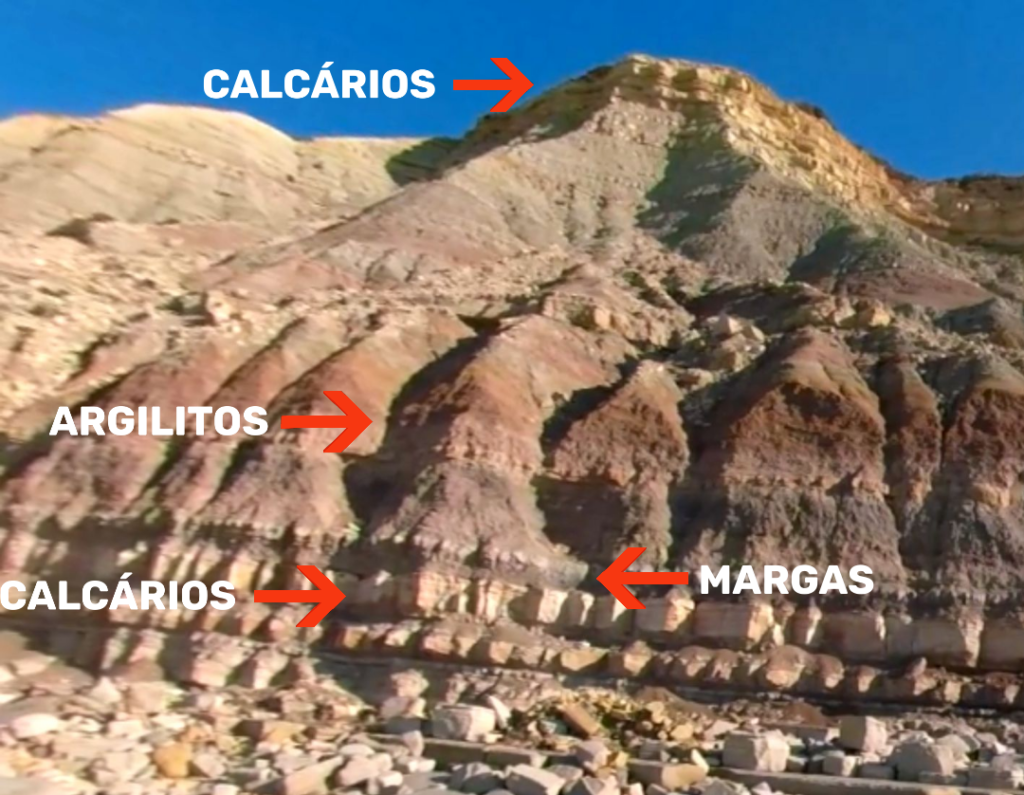
The multicolored rock sequences reveal the composition of sedimentary rocks, but they also show us 120 million years of histories, histories of the sea's advances and retreats, a coastline in constant change.
The fine sediment strata, such as marls and claystones (green, red and violet tones) were deposited in environments further away from the coastline.
On the contrary, the sandstones (in shades of yellow), where, for example, we can observe the nerineas, are sediments that were deposited near the coastline at that time, in an environment similar to a beach.
The cliffs of beautiful colored layers near which we place our towel today were once a deep seabed or a coastal area close to the continent at that time, or even a beach environment. And how do we know this?
Due to the characteristics of the rocks, the size and types of their minerals, their colors.
What does Praia da Luz reveal most?
If we walk east, with the sea on the right, we reach the natural limit of Praia da Luz, a dark rocky barrier, almost black in some places, which almost impedes walking.
And what is this barrier, Ponta das Ferrarias, popularly called Rocha Negra?
These are the remains of an ancient volcano, active for about 70 million years, from the same height as the formation of Monchique. Despite not being as big or impressive as Vesuvius or Etna, we are still able to recognize part of the walls of this volcano from the Upper Cretaceous (period of earth's history that immediately follows the famous Jurassic).
What do the volcanic remains at Praia da Luz teach us?
Approximately 70 million years ago, the Iberian Peninsula continued to be a “stone raft”, relatively isolated from the rest of the European continent and increasingly far from the American continent.
These paleogeographic changes, which have been increasing for tens of millions of years, are the consequence of the shift away from the tectonic plates that gave rise to the opening of the Atlantic Ocean.
All the changes in the continents and tectonic movements made the Iberian Peninsula, at this time, move counterclockwise, in addition to navigating now to the north, now to the south, following these slow tectonic movements.
If we press a little cake, whose exterior is solid, but whose interior is in a liquid state, the filling will come out and we will be left with a dish of varied textures.
This also happened about 70 million years ago in various parts of the Iberian Peninsula. With the large tectonic movements, several weak areas were created which, as happens in the petit gateaux, caused molten material from the Earth's interior to ascend to the surface and it was these materials that gave rise to the Rocha Negra volcano and other smaller volcanic structures, such as one that exists right in the center of Vila da Luz, in a garden of a private home.
And fossils, what geological stories do they tell us?
At Ponta da Calheta, at the western end (the right side as you look out to sea), there is a mega-concentration of fossils – the gastropods nerinea algarbiensis. The fossils of these animals are found in yellowish sandstones, in great quantity, and it is possible to observe that many of them are aligned.
This fact is indicative of the tidal movements of the Upper Cretaceous, with a coastline different from the present one, since the tidal movement caused the alignment of its shells.
If we close our eyes we may still be able to imagine these seas and coasts from 120 million years ago, habitat of the nerineas they lived, near the coast then, and where their shells were deposited.
These are some of the stories that Praia da Luz Geology and Paleontology have to tell us.
SCIENTIFIC TOURISM OF THE CENTER CIÊNCIA VIVA DE LAGOS
The Centro Ciência Viva de Lagos accepts bookings for guided tours either to Praia da Luz, or to the Dinosaur footprints of Praia Santa or Praia da Salema. Groups/families up to 8 people.
Video produced by the Centro Ciência Viva de Lagos about Praia da Luz
Author Luís Azevedo Rodrigues is a paleontologist (PhD) and executive director of the Centro Ciência Viva de Lagos, [email protected]
Help us to do the Sul Informação!
Contribute your donation so that we can continue to make your journal!
Click here to support us (Paypal)
Or use our IBAN PT50 0018 0003 38929600020 44
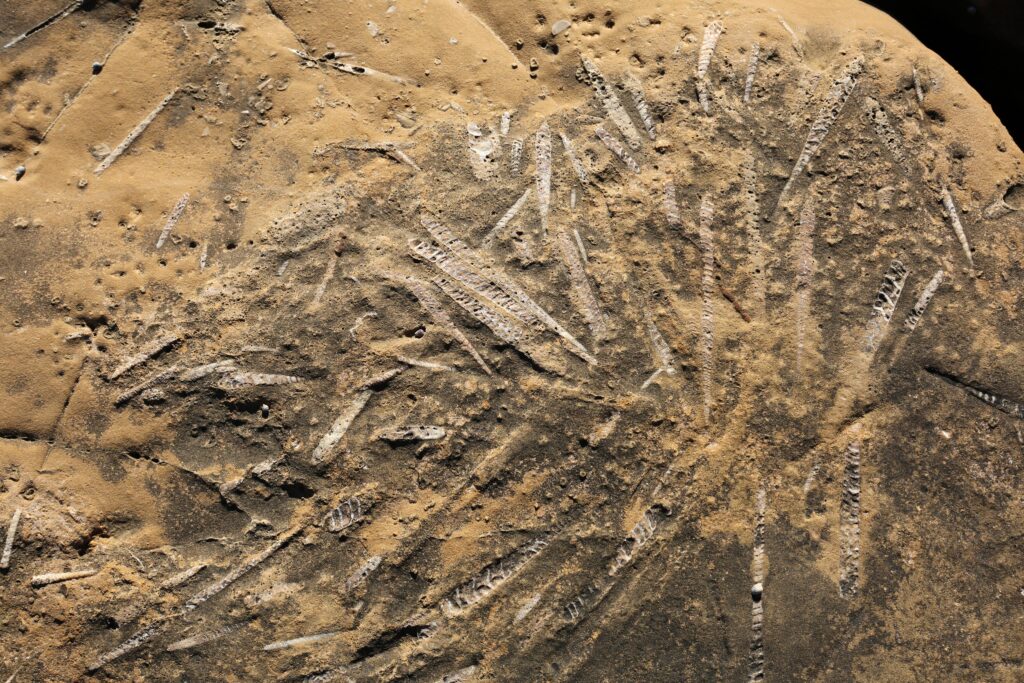
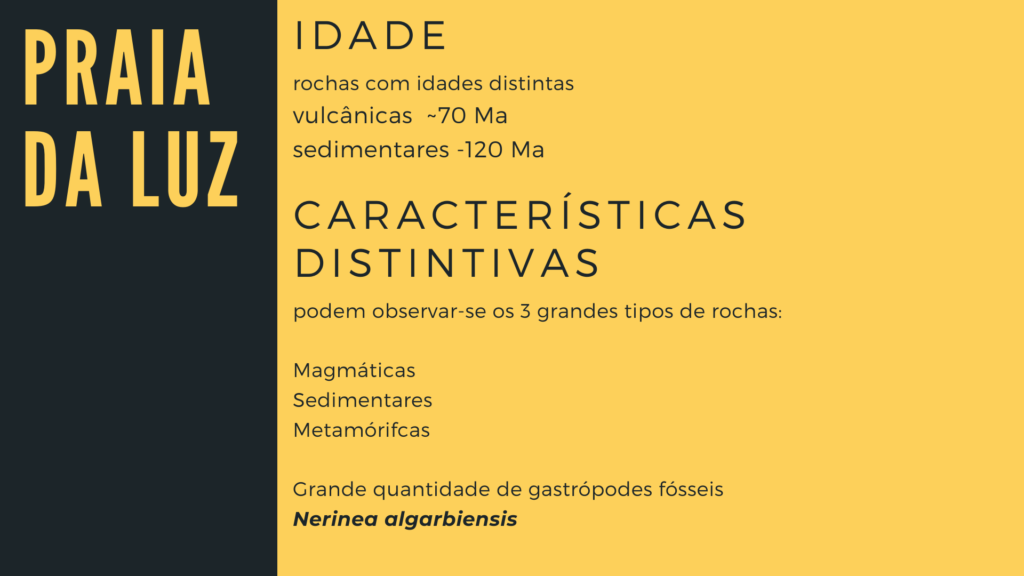
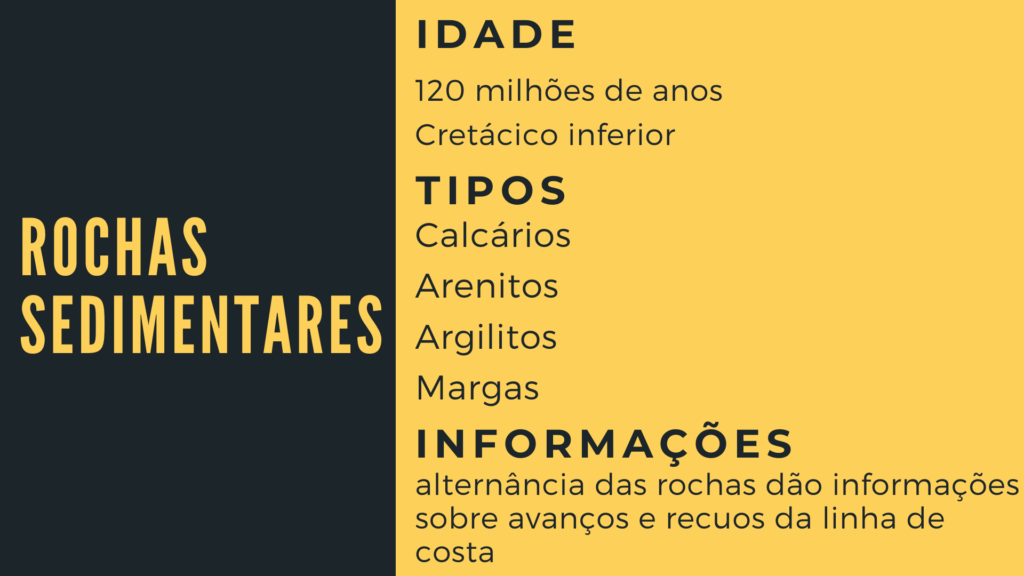
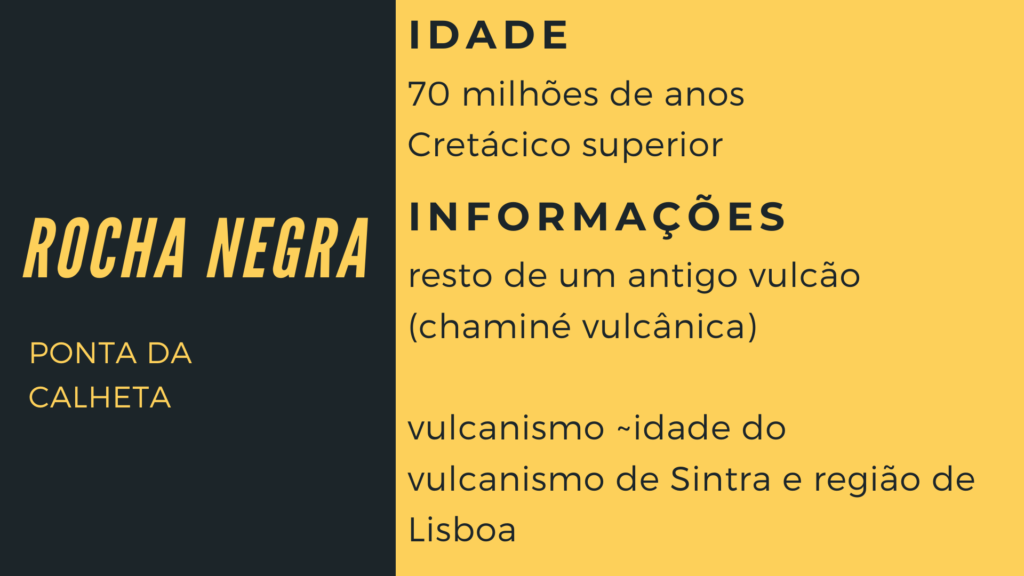
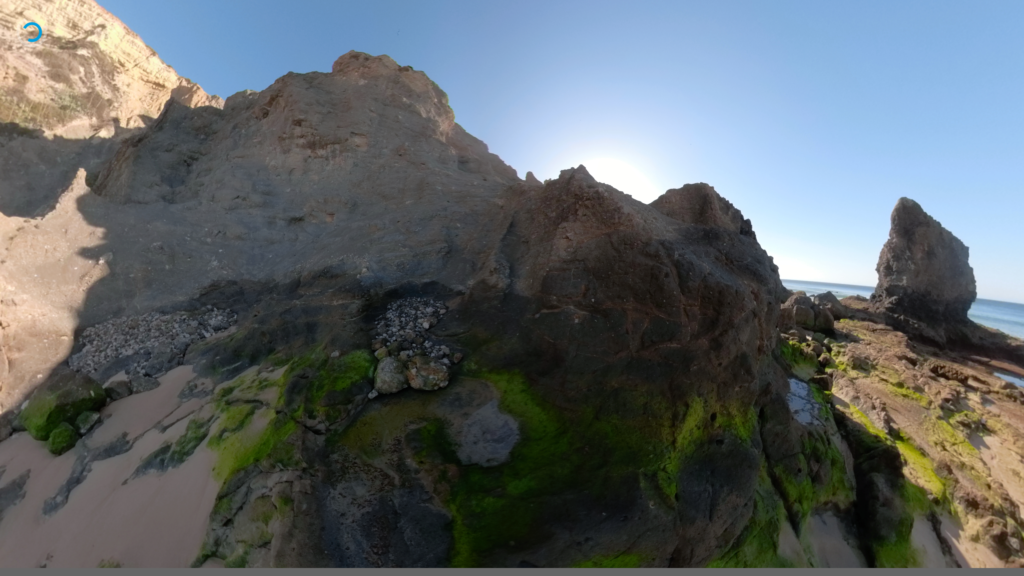
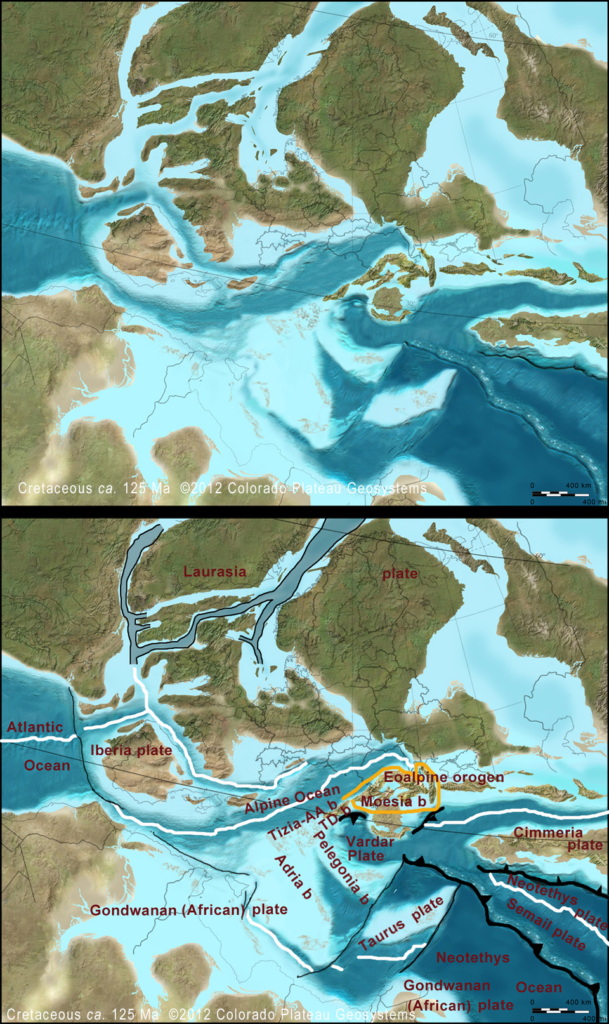
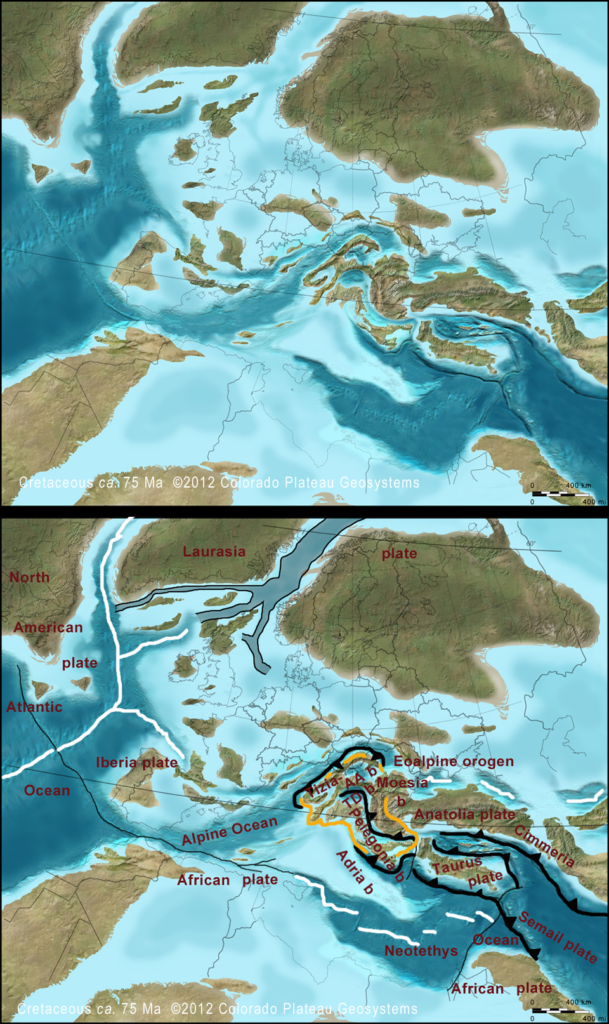
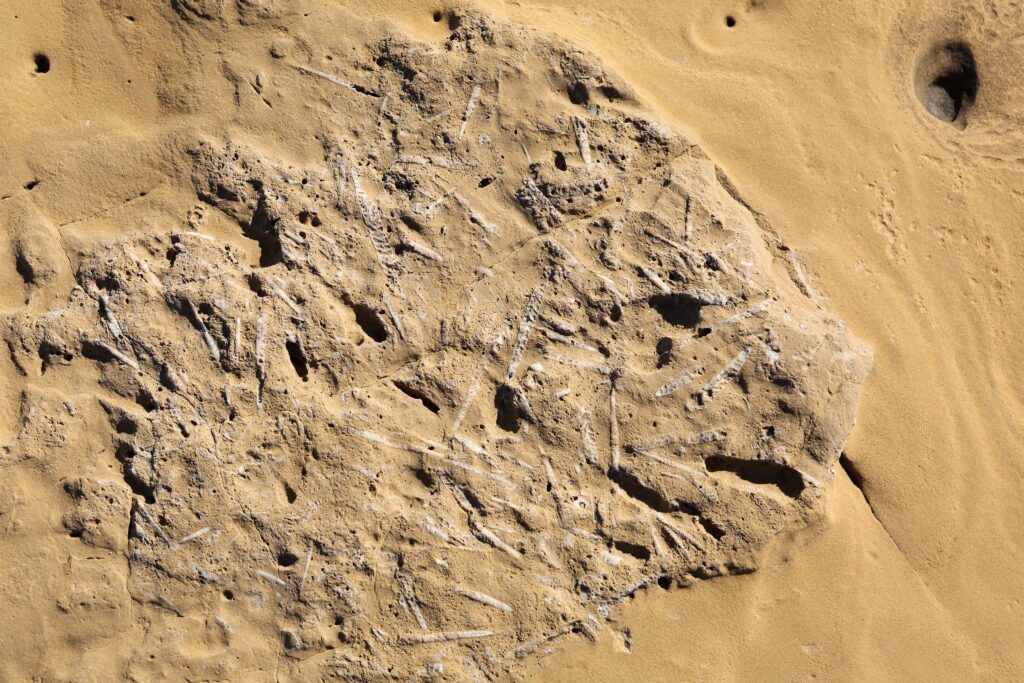
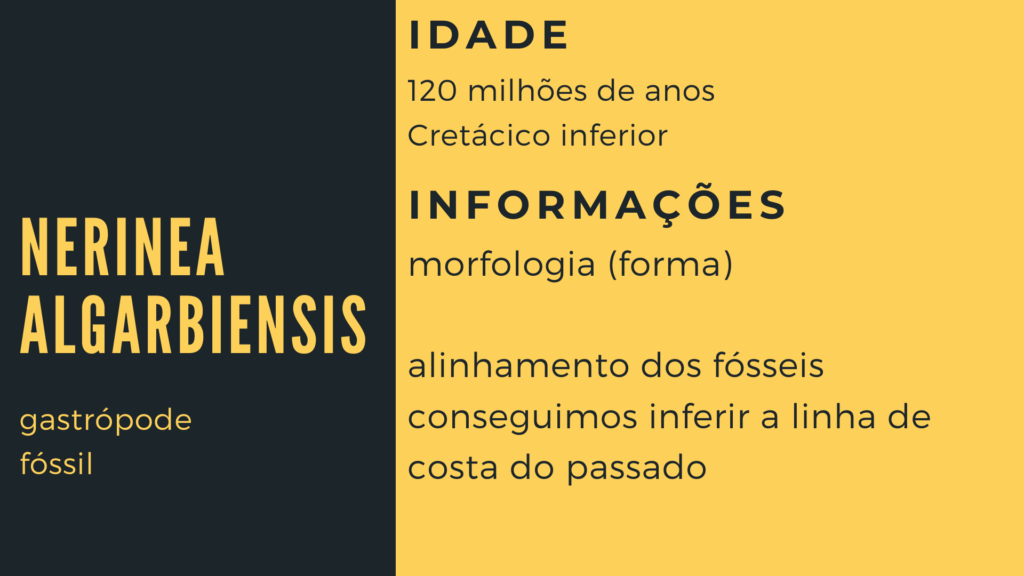

















Comments